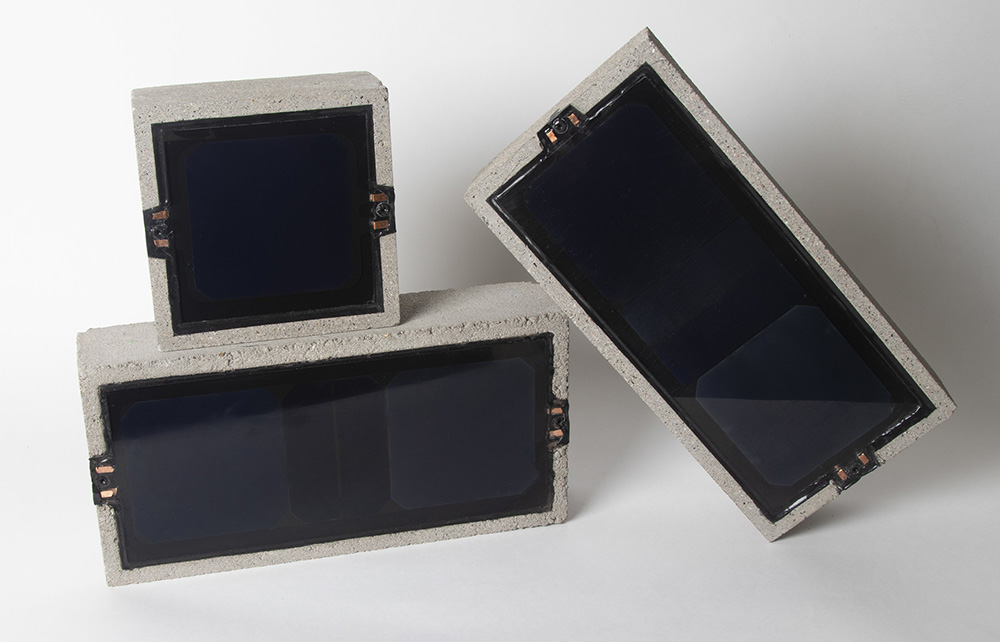2016 is the year for solar: To ensure your business qualifies for tax credit, start the process ASAP - by Jim Dumas
I talk often about the benefits of solar for building and property owners, and with some events coming up in 2016 that could impact the incentives businesses receive for installing solar systems, it’s a good time to talk about the process of solar installations, specifically how long it takes from “Yes, I’m interested!” to flipping on the switch and generating renewable solar energy.
First things first. The solar industry in Massachusetts has benefitted significantly from financial incentives that make it attractive for businesses to install solar. It has created over 12,000 jobs in the state and contributed to the overall growth of the state’s economy. One of the key incentives which makes solar financially feasible is the Investment Tax Credit (ITC); a 30% federal tax credit for solar systems installed on residential and commercial properties. Under current law, the ITC remains in effect through December 31, 2016, and applies to systems put into service before that date.
Yes, that is a whole year away. And yes, to ensure that your business qualifies for this tax credit, you need to start the solar process ASAP. Here’s why: solar arrays need to go through four major phases in order to be “turned on,” and those steps can sometimes take longer than anticipated. A big part of one of those steps–interconnection–is literally out of your hands.
Let’s quickly look at the steps, and the time they generally take:
1. Assessment/Prescreen (10 days). An initial site assessment can be done in a single day but the utility prescreening, which provides up-front visibility to available solar capacity for the site, takes at least 10 business days
2. Design/Engineering & Utility Interconnection Application (6-8 weeks). This process includes structural engineering, solar design, electrical design, and an interconnect application that is submitted to the utility. The majority of time in this step is the interconnection application (IA), which can take up to 60 days (or sometimes longer for larger projects) to complete. Systems larger than 500 kW could be subject to an impact study by the utility, which requires additional time and costs.
3. Procurement and Construction (6-8 weeks). This process includes contract signing, equipment ordering, permitting, equipment delivery planning, site safety preparation, equipment installation, electrical installation, inspection and testing.
4. Utility Commissioning (2-4 weeks). This process includes electrical inspector sign-off, certificate of completion, site inspection and clean-up, statement of qualification to receive Solar Renewable Energy Certificates (SREC), witness test and final commissioning.
As you can see, it can be a lengthy process from assessment to commissioning, and the longest part can be waiting for the interconnection application to receive approval from the utility! If there ever was a time to get started, it’s now. With the volume of companies interested in taking advantage of the ITC before it expires at the end of 2016, the process could take even longer. An experienced solar project developer understands the end-to-end process and can help ensure your project moves through each step in an appropriate timeframe.
James Dumas is founding principal and COO of Solect Energy Development, LLC, Hopkinton, Mass.






